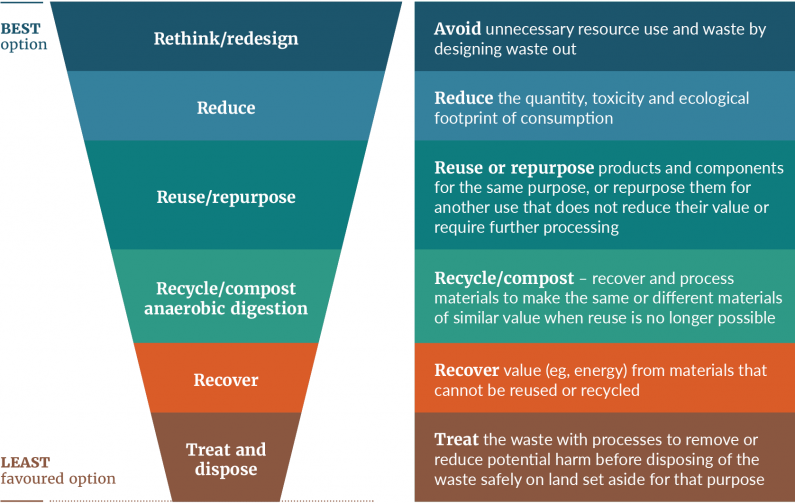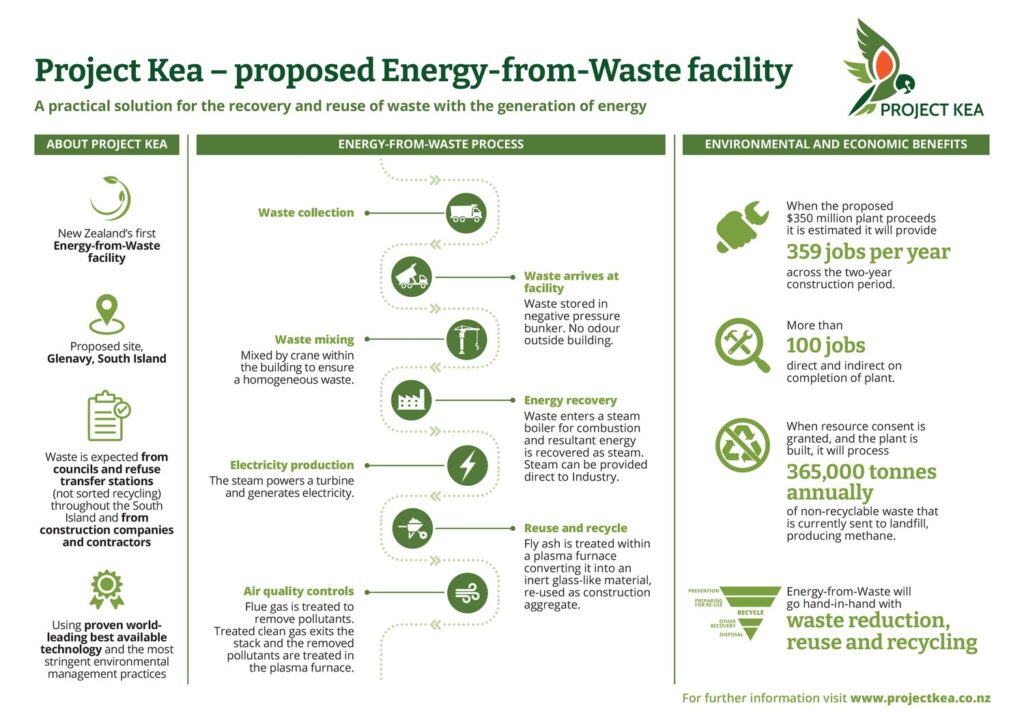CONVERGENCE
DAMAGE CONTROL & GOVERNMENT LOBBYING SPECIALISTS
Whether it be a serious workplace accident, a faulty product, or a social media campaign threatening your reputation, Convergence says it has the expertise and experience to help you recover with your reputation intact. The company boasts to have worked behind the scenes of many high-profile New Zealand crises, including work for Pike River Coal following the tragic mining disaster in 2010.
Convergence prides itself on having the skill set to lobby government with a full-time, Wellington-based government relations specialist and another based in Auckland.
Convergence sells itself as an approved professional services provider to the New Zealand government and is featured on the All-of-Government (AoG) PR Consultancy Panel.
Convergence says; If you want the country’s decision makers and influencers to know what your business is doing, or you are trying to achieve change in central, regional or local government policy, we can help to get your message across.
TIGA Minerals and Metals
Although not mentioned on its website, Convergence also has firsthand experience in the mining industry. Co-owner and managing partner Leigh Justine Harris along with Renew Energy Limited shareholders Leonard Hugh Grey, Robert Bruce Grey, and Dianne Rosalie Hansen are all shareholders of Australian mining company TIGA Minerals and Metals (TIGAMM).
TIGAMM, listed as a Convergence client, made the list of organisations shoulder-tapped by the government for fast-track consent. Also making that list is West Coast mining company WMS Group, which Leonard Grey is also a shareholder of.
CONVERGENCE AND THE WAIMATE INCINERATOR PROJECT:
Involvement with Waimate District Council.
Public relations firm Convergence came on board with SIRRL in 2021 for the Waimate Incinerator Project, including putting together a website and liaising with Waimate District Council (WDC) in the build-up to its public release. Up until August 2021, Kevin Stratful handled communications with WDC. An Official Information Act request by Stuff showed that all recorded Convergence communications with WDC have been between Erin Jamieson, Lisa-Maree Richan, and a senior WDC staff member.
These communications have included Convergence asking for a ‘statement of support’ from Mayor Rowley and a list of ‘Waimate’s key influencers’. These requests came months before any public release about the Waimate incinerator project was made.
Public Manipulations.
SIRRL director Kevin Stratful admitted that the West Coast proposals, which included his participation, “could have been handled better”‘ But it’s important to ask: has the Waimate incinerator project roll-out been any better?
The decision to hire a public relations company for community engagement could have been a positive move if it had fostered open, honest public participation. However, the strategy of Convergence, which engaged with Waimate District Council to gain support from the town’s ‘Key Influencers,’ including the Mayor, before consulting with the community on a need-to-check-the-box basis, is manipulative and counterproductive. This approach undermines the trust of the community and should be a cause for concern.
Damage control under the guise of community consultation.
Failed W-t-E proposals on the West Coast, unlawful storage of waste around Christchurch, directors convicted of fraud and using their public positions to promote personal ventures, and schooling councils on how to avoid official information act requests. This long list of achievements required the enlistment of a PR firm with extensive experience in “crisis management”, which includes “strategic communications” for Pike River Coal following the tragic West Coast mining disaster.
Information sessions: September 2021
After becoming aware of Project Kea through a carefully choreographed media release, the public was invited to two open public information-sharing sessions at the Waimate Event Centre on September 22 & 23, 2021.
These sessions followed the Timaru Herald Stuff article ‘Waimate in the running for $350m energy plant’ , which included a supporting statement from Waimate DC’s mayor, Craig Rowley.
Website
Convergence has been responsible for the incinerator project website. From the time SIRRL made their Project Kea public announcement in September 2021 to the lodgement of a resource consent application twelve months later, the website, along with the public information sessions that followed, provided the only information about the proposal.
The OIA-requested material shows that Erin Jamieson from Convergence asked a WDC council officer if WDC would promote the website and direct anyone with questions to it. The officer didn’t affirm that, but the next day, they directed a Waimate community member who had concerns about the proposal to the website.
Information Sessions: March 2023
SIRRL announced on March 3, 2023, the long-awaited return to Waimate to provide what the company termed public information-sharing sessions. However, to attend any of these 2 sessions in Glenavy on March 14 or the 4 sessions in Waimate on March 15, the public was required to register their personal details with Convergence. This included the attendee’s full name and email address.
WHY WASTE WAIMATE (WWW) MEET WITH SIRRL—MARCH 2023
After receiving the news of SIRRL’s pending return to Waimate, WWW offered yet another invitation to the company to meet with the WWW committee to have the group’s concerns finally heard by the company. This request was accepted, and the two sides met at Glenavy in a closed-door meeting on Tuesday, March 14th. The meeting was attended by four WWW committee members and four SIRRL representatives, including SIRRL directors Paul Taylor and Herman Sioen, Babbage Consulting’s Paul Duder, and Erin Jamieson from public relations firm Convergence. WWW got a chance to ask some long-held questions of the company, and some of their responses were quite bizarre.
"DEVELOPING A NARRATIVE" - What Convergence say about the Waimate Incinerator Project.
Convergence partner Lisa-Marie Richan described the Waimate incinerator project as a “major initiative to radically combat Aotearoa New Zealand’s waste crisis and its resulting greenhouse gas emissions.”
Richan added some further hyperbole and misleading comments by comparing incineration against historic landfills that predate the RMA, while ignoring the tightly regulated and heavily engineered modern landfills of today. “Our country has always relied on landfills and new sites are still being consented. This is despite there being no compulsory methane capture and recent examples of older landfills collapsing into waterways – as happened at the West Coast’s Fox River within a pristine UNESCO heritage site.”
Richan concluded by saying “Convergence is proud to support Project Kea and to work in partnership with SIRRL directors to present this technology option and innovative solution. The future of the region’s environment, food production and waterways are too important to do nothing.”
"The future of the region's environment, food production and waterways are too important to do nothing" - Lisa-Marie Richan - Convergence
The above article by Richan quoted SIRRL’s Paul Taylor as saying, “We continue to face a growing waste crisis and associated production of climate-changing methane emissions.” If the Waimate incinerator is consented, it likely won’t be completed and operating until 2025/26. Government regulations are already in force to ensure that methane-producing waste is separated from our waste streams and not landfilled with municipal solid waste.
Using comments like “Our country is fast running out of options” and “We simply can’t continue to bury our mounting rubbish in the ground for our children to deal with” ignores initiatives already providing solutions for current and future waste management practices in New Zealand.
Despite arguing against landfills, SIRRL’s resource consent application shows that the company will landfill 100,000 tonnes of toxic ash annually, a fact that was absent from all Convergences promotional material. SIRRL and Convergence’s argument against landfills loses its credibility now that it’s apparent that the thing being argued against has always been required to play a massive part in the company’s proposal.
While Taylor states, “We can’t continue to bury rubbish in the ground for our children to deal with,” is burying toxic ash in the ground for our children to deal with okay?
So how do Convergence’s Lisa-Marie Richan’s comment, “The future of the region’s environment, food production, and waterways are too important to do nothing,” sit alongside?
- landfilling 100,000 tonnes of toxic ash,
- Destroying 2.5 million litres of fresh water daily and releasing it into the atmosphere as a greenhouse gas-altering water vapour.
- Producing and releasing huge amounts of CO2, NOx and SO2 over its 35-year operation,
- Producing and releasing bio-accumulative dioxins, furans, heavy metals, particulates and other highly toxic substances into the environment of a hugely crucial food-producing region?
Richan and Taylor’s comments and comparisons related to outdated landfilling practices can be seen as a misleading attempt to dishonestly greenwash a proposal that doesn’t stand on its own merits.
The waste hierarchy pyramid
Note the waste hierarchy pyramid graphic used by Convergence above and below. Convergence has used this graphic numerous times, including material the company sent to candidates in the Waimate District Council local elections in 2022.
The purpose of the waste hierarchy pyramid was to show the options available to us when dealing with waste. The preferred option of rethinking or redesigning is at the top, followed by reduce, reuse, repurpose, and recycle, with the least preferred treatment and disposal options at the bottom. The government is actively trying to move New Zealand further up the pyramid. Below left is the pyramid provided by the Ministry for the Environment compared to the convergence graphic on the right.


As you can see, Convergence is using its five-tier version of the waste hierarchy pyramid, placing the proposed Waimate incinerator facility in the recovery position. The proposed incinerator is a waste disposal facility that requires landfilling as part of its process, with the benefit of producing arguably insignificant amounts of electricity. Modern landfills with gas capture also provide limited electricity. Both are disposal methods; therefore, they should sit in the least preferred position.
Project Kea is not moving us up the pyramid; they are simply competing at the bottom.
